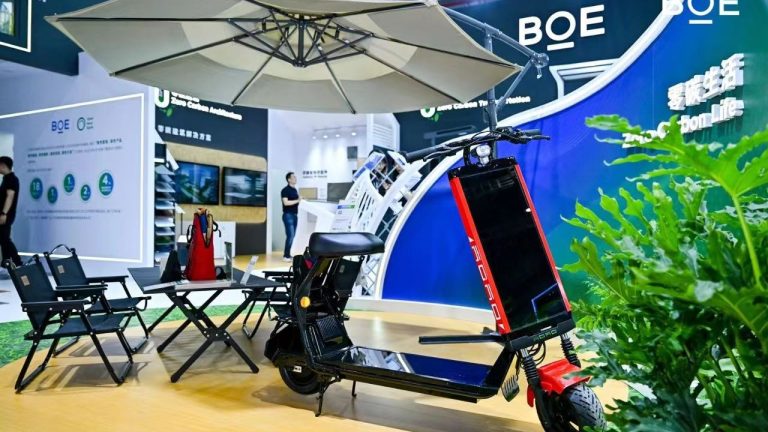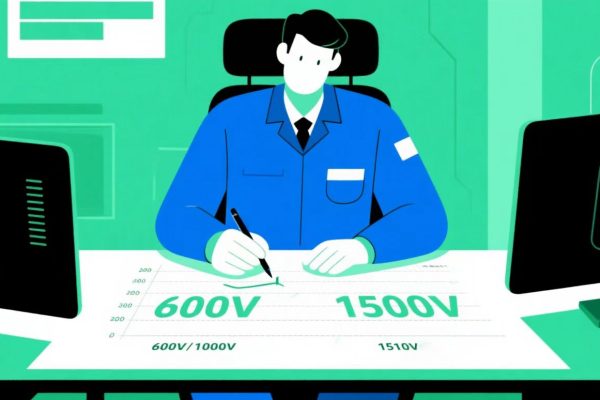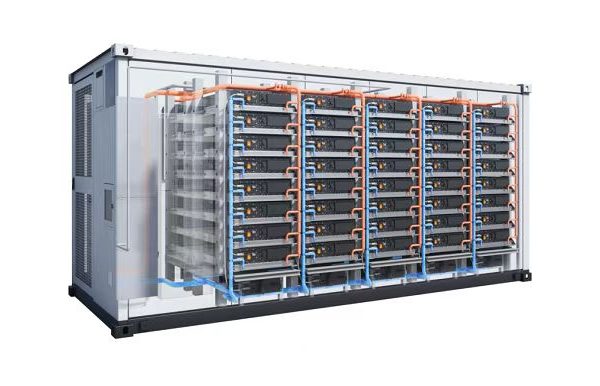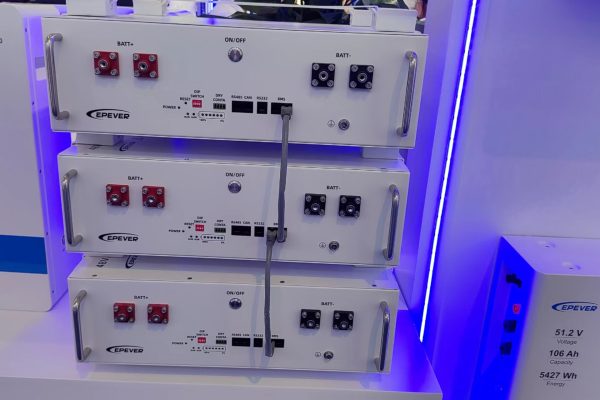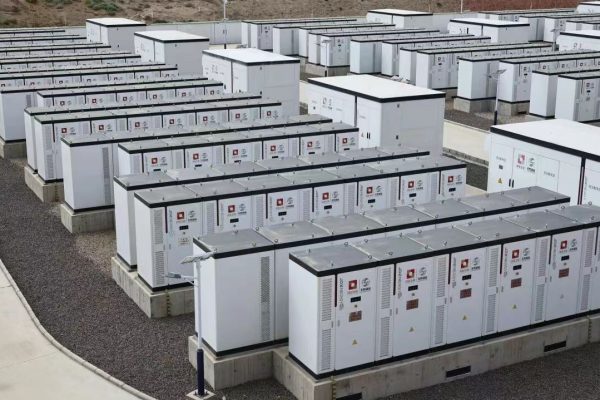Designing Flexible Storage Systems That Grow with Business Needs
Why Scalability Matters in C&I Storage
Not every commercial or industrial user needs 1MW on day one. But many want the option to grow.
Whether it’s a cold storage warehouse adding more chillers, or a rural factory expanding its machinery, your ESS solution should support modular upgrades without total redesign.
For many C&I buyers, scalability = future-proof investment.
1. Common C&I Growth Scenarios
| Business Type | Initial Need | Later Expansion |
|---|---|---|
| Small factories | Backup for peak load | Shift to demand shaving |
| Cold chain storage | Emergency backup | PV + battery for load leveling |
| Commercial buildings | Nighttime lighting | HVAC integration |
| EV fleet base (logistics) | Charging at night | Solar charging in daytime |
Your ESS must adapt across these use-case transitions, not just increase in size.
2. Hardware-Level Scalability
✅ Modular Battery Racks
- Prefer stackable 48V or 100V modules
- Support series/parallel expansion
- Allow mixing old/new modules (with proper BMS coordination)
🛠 Tip:
Use LFP modules with active balancing and daisy-chain communication for safe scale-up.
✅ Inverter Parallel Support
- Choose hybrid inverters that support:
- Parallel AC coupling
- Master-slave architecture
- Automatic load sharing
- Match models with:
- CAN or RS485-based sync protocols
- Expandable firmware to handle more units
Not all “hybrid” inverters scale cleanly. Look for ones certified for multi-unit operation.
✅ Energy Management System (EMS) That Grows
- Does the EMS allow:
- New devices to be detected and integrated?
- Load priority to be reassigned?
- Multi-site coordination (optional)?
🧠 A future-ready EMS should support both standalone site growth and fleet-style monitoring.
3. Installation and Cabling Considerations
Many C&I systems fail to scale because the original layout didn’t leave room:
| Design Factor | Best Practice |
|---|---|
| AC combiner box | Oversize slightly for future inverters |
| Battery rack space | Leave aisle room and airflow gap |
| Conduit and trunking | Use trunk cable trays with expansion margin |
| Breaker sizing | Use MCCBs that support later derating |
Always size cable trays, breakers, and enclosures for 2× expected capacity — even if unused at first.
4. Software & Monitoring Platform Compatibility
A scalable system needs centralized visibility.
✅ Ideal features in monitoring system:
- Multi-inverter tracking
- Battery SOC & cycle data
- User roles for operator, admin, installer
- Remote firmware update ability
- API for future integration (e.g., to site energy dashboards)
5. What Non-Scalable Systems Look Like
Be cautious if your ESS design includes:
🚫 Fixed inverter-battery pairs that can’t be paralleled
🚫 No open communication protocol (e.g., proprietary EMS only)
🚫 Cabinet-only batteries with no rack-level modularity
🚫 Systems that void warranty upon adding new capacity
These create “dead ends” for the client. And you’ll lose future upgrade business.
6. Example: Scalable 30kW → 90kW System in Malaysia
- Client: SME textile plant
- Stage 1: 30kW inverter + 60kWh LFP battery
- Stage 2 (12 months later): Added 2× 30kW inverters, 2 more battery racks
- Design wins:
- Original design included larger AC combiner
- CAN-based BMS allowed easy rack addition
- Monitoring platform updated automatically
🎯 Result: No rewiring or downtime during scale-up; energy savings grew 2.7× year-over-year
7. Questions Buyers Should Ask
- “Can I add more battery racks without replacing the whole BMS?”
- “Do these inverters support parallel operation?”
- “Is the EMS license tied to site size?”
- “How do firmware updates handle new modules?”
As a technical trading partner, helping your client ask the right questions early protects both of you down the line.
Scalability isn’t just about stacking more batteries.
It’s about flexible power paths, communication architecture, and upgrade-friendly planning.
Whether you’re selling to a 10kW retail site or a 50kW cold storage facility, a scalable ESS turns a one-time deal into a repeat deployment.
“If your system can grow, so can your client’s trust.”





